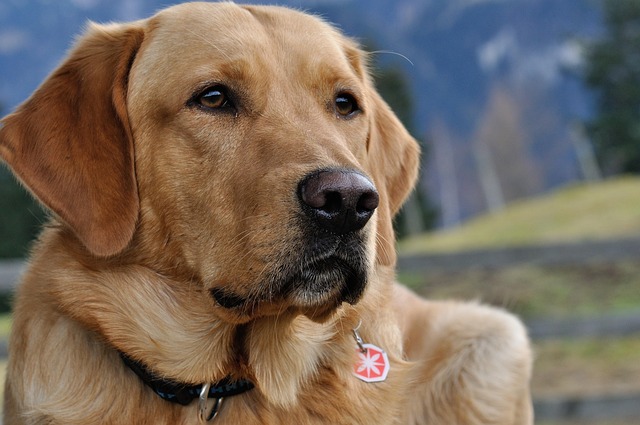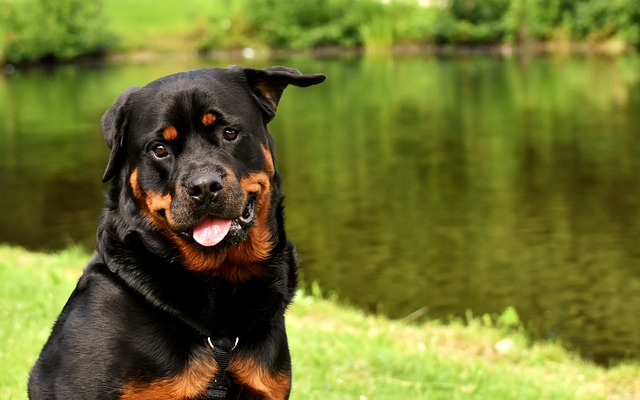
how to get rid of dog tooth decay
how to get rid of dog tooth decay? Imagine this: You’re playing fetch with your 3-year-old Lab in a Florida backyard, and when he drops the ball, you notice a dark spot on his back molar
Pugs, with their wrinkly faces and playful spirits, have stolen countless hearts—but even these charming companions can come with a set of behavioral quirks that catch new owners off guard. Understanding these traits early can make all the difference in building a happy, harmonious life together.
One of the most frequent challenges is separation anxiety. These dogs form intense bonds with their people, and being left alone can trigger distress. You might come home to chewed shoes, scratched doors, or puddles on the floor—signs they’re struggling with the absence. It’s not just about mischief; this anxiety stems from their need to be close, a trait that makes them wonderful companions but can turn tricky when daily routines demand time apart.
This discomfort with solitude often spills over into excessive barking. Unlike some breeds that bark to alert, a Pug might vocalize nonstop when bored, anxious, or simply craving attention. It’s important to note that many communities have rules about noise levels, and persistent barking can lead to neighborly tensions or even run-ins with local regulations. Keeping them mentally stimulated with toys or short training sessions can help curb this habit before it becomes a problem.
 Socialization can be another hurdle. Pugs are generally friendly, but without early exposure to other dogs, strangers, or new environments, they might grow skittish or overly protective. A Pug that hasn’t learned to interact calmly could pull on the leash during walks or react nervously to unexpected encounters, making outings stressful for both of you. Taking them to puppy classes or arranging gentle meetups with other pets can go a long way in building their confidence.
Socialization can be another hurdle. Pugs are generally friendly, but without early exposure to other dogs, strangers, or new environments, they might grow skittish or overly protective. A Pug that hasn’t learned to interact calmly could pull on the leash during walks or react nervously to unexpected encounters, making outings stressful for both of you. Taking them to puppy classes or arranging gentle meetups with other pets can go a long way in building their confidence.
Leash manners often need work too. Those sturdy little bodies can turn surprisingly stubborn when they spot something interesting—a squirrel, a food scrap, or another dog. Tugging and pulling isn’t just annoying; it can strain their necks or make walks feel like a chore. Consistent, positive reinforcement training, using treats or praise when they walk calmly, helps them learn that good behavior gets rewarded.
At the heart of it, most Pug behavioral issues stem from their loving, people-oriented nature. They want to be part of the action, and when that need isn’t met, frustration or anxiety takes over. With patience, understanding, and a bit of training, these quirks fade, leaving the loyal, joyful companion that makes Pugs so beloved. After all, a little effort goes a long way in ensuring both you and your Pug thrive.

how to get rid of dog tooth decay? Imagine this: You’re playing fetch with your 3-year-old Lab in a Florida backyard, and when he drops the ball, you notice a dark spot on his back molar

What are the side effects of dog dental powder? Picture this: You’re a new dog parent in Austin, Texas, excited to tackle your Beagle’s stinky breath.

Do dental powders really work for dogs? It’s a question that might cross your mind while standing in the pet supply aisle of a suburban Ohio grocery store

If you've ever tried to give your dog eye drops, you know the drill: the way your pup tenses up, ears back, as if the little bottle in your hand is a tiny monster. It's a common struggle for new pet parents—no shame in admitting it.

Do dog dental chews help with bad breath? If you’ve ever leaned in for a snuggle with your pup, only to recoil from a cloud of stinky breath that smells like old socks and wet dirt

You’ve seen those ads – your pup happily crunching a biscuit while magically achieving sparkling teeth. It sounds almost too good to be true, right?